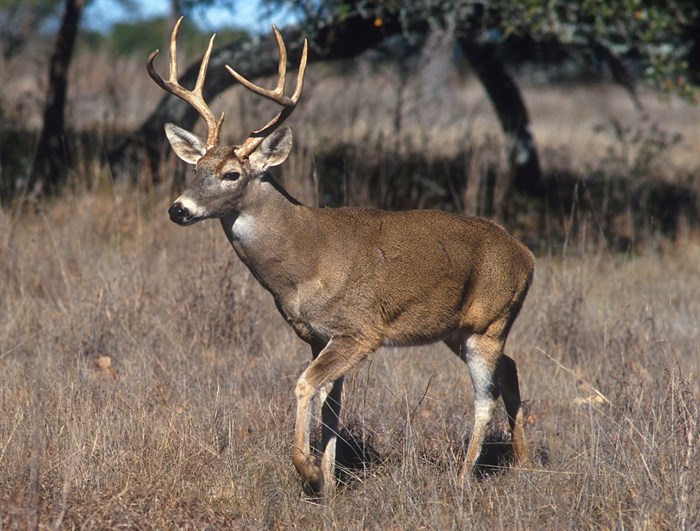
Sgt. Andy McKay with the B.C. Conservation Service says every animal left behind is a problem, but admits most of these instances are hardly nefarious. He says most animals found dead in the woods are not poached or illegally harvested, instead they are usually the result of mistakes made by otherwise honest hunters.
Image Credit: Wikipedia Commons/Scott Bauer
October 10, 2015 - 1:10 PM
KAMLOOPS – There have been instances of wildlife being shot and left to rot in the Kamloops area over the last few months, but most of the cases aren't the result of poaching, just mistakes, according to a Conservation officer.
A dead black bear was discovered in an alleyway in downtown Kamloops and the last week of September a moose was found shot along Lac Le Jeune Road.
Sgt. Andy McKay with the B.C. Conservation Service says every animal left behind is a problem, but admits most of these instances are hardly nefarious. He says most animals found dead in the woods are not poached or illegally harvested, instead they are usually the result of mistakes made by otherwise honest hunters.
McKay says the numbers vary from year to year, but he figures four to five reports of animals shot and left would be a bad year.
“There's a four point season on deer. Hunters shoot it realize it's only a three point then they abandon it,” he says, adding that sometimes people panic.
What McKay is referring to is the number of tines or points per antler on animals like moose and deer. Each hunting season, hunters are only allowed to shoot antlered animals with a certain amount of tines.
Sometimes an animal is shot but is wounded and runs off into the bush and when the hunter can't find it, the animal dies later from its injuries, he says.
Hunters who shoot and leave the kill could potentially face up to a year in jail and a fine up to $100,000, he says.
McKay believes most hunters are responsible and when they make a mistake report it to the Conservation Service, which relies heavily on self-reporting to the Report All Poachers and Polluters hotline.
Conversely, if you're out hikingbiking and find an animal carcass, McKay suggests your first reaction should be to leave.
“There's different ways animals die,” he says. It might not have been shot. It may be a cougar or bear kill and the predator might still be nearby.
“I would remove myself from the area and make a wide circle around it and don't get too close,"
If you are convinced the animal you found is not a victim of nature, McKay says call the RAPP line at 1-877-952-7277.
To contact a reporter for this story, email Dana Reynolds at dreynolds@infonews.ca or call 250-819-6089. To contact an editor, email mjones@infonews.ca or call 250-718-2724.
News from © iNFOnews, 2015